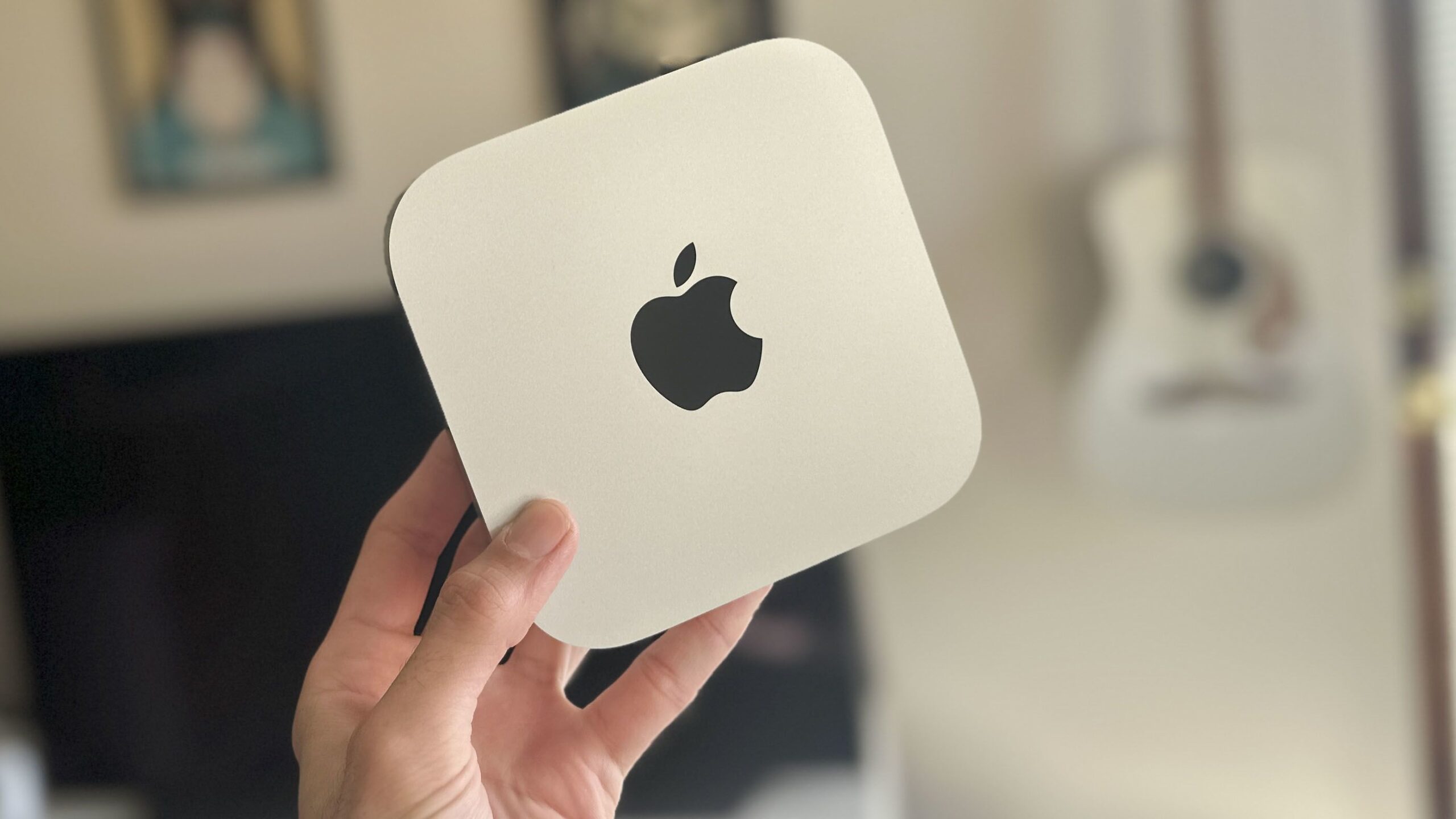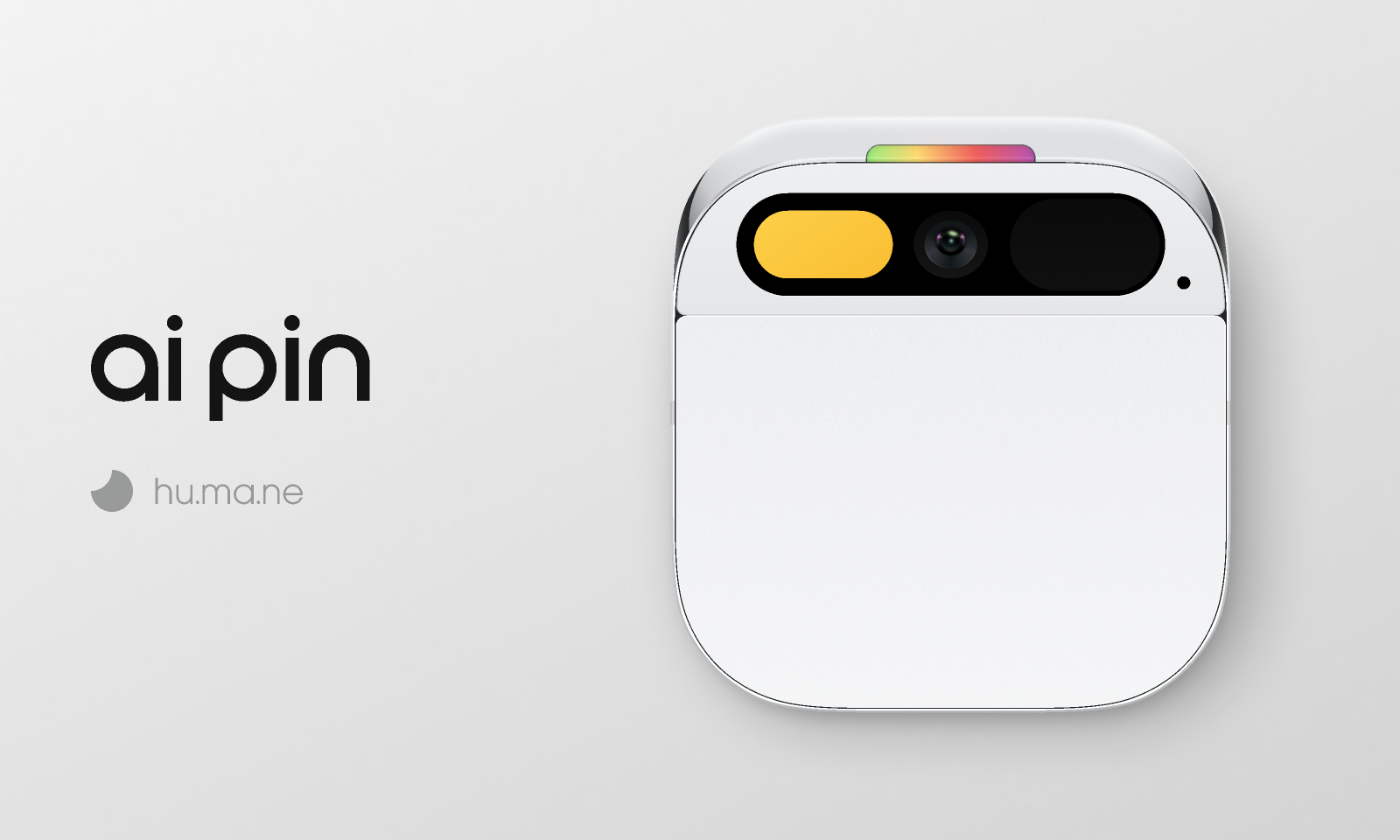OnePlus Watch 2 Review: A Smartwatch That Stands Out in Style and Performance
January 24, 2025 | by ranazsohail@gmail.com
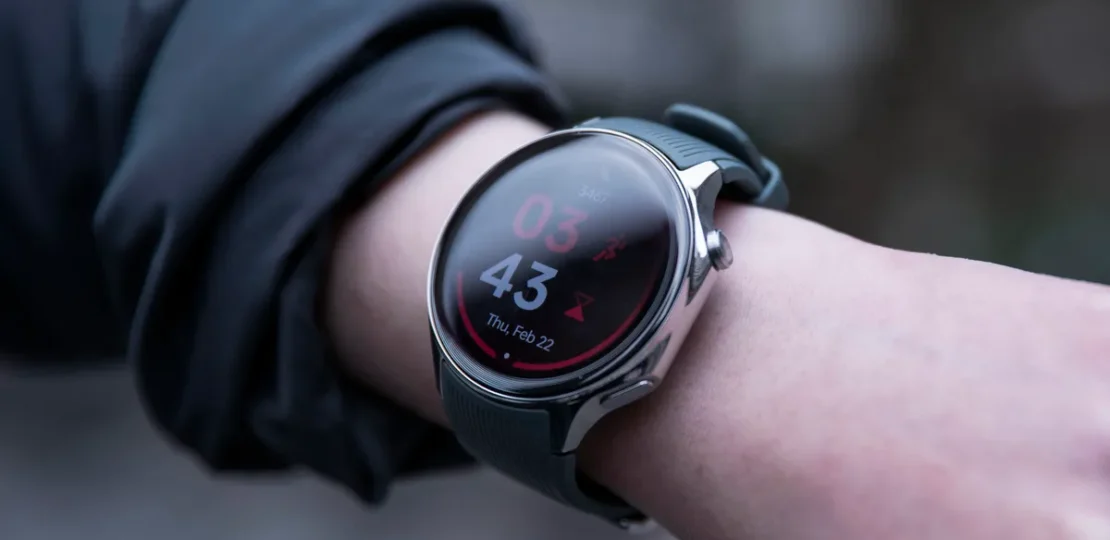
This smartwatch has one feature that’s genuinely unique, and honestly, it’s something I’m not sure we’ll ever see again. By now, we all know what a smartwatch is, right? It’s a well-established category, and most of them do the same things. Apart from this one surprising trick, this one is no exception.
Meet the OnePlus Watch 2—three years after the original, and priced at $300. For that price, you’re getting a sleek, circular design. The watch comes in either black or silver stainless steel and has a sapphire glass cover protecting a 1.4-inch AMOLED display with a 60 Hz refresh rate. Design-wise, it has a bit of the OnePlus 11 and 12 vibe, especially in how the camera bump flows seamlessly into the phone’s side rail. They’ve taken that idea and applied it to the buttons here, too: a circular button at the top and a rectangular one at the bottom. I really like it—it’s a fresh take on the classic circular shape, adding a little elegance without being over the top.
The back is pretty standard as well. You’ve got the charging pins up top and the usual sensors: optical heart rate, pulse oximeter for blood oxygen, and of course, interchangeable bands, just like the first model. It’s also IP68-rated for dust and water resistance and meets US military durability standards, so it can handle extreme temperatures, moisture, and shock.
It’s light, feels solid in hand, and the display can hit up to 1000 nits peak brightness, making everything pop. Overall, it’s well-built and looks great. So, what’s the catch? What’s the twist?
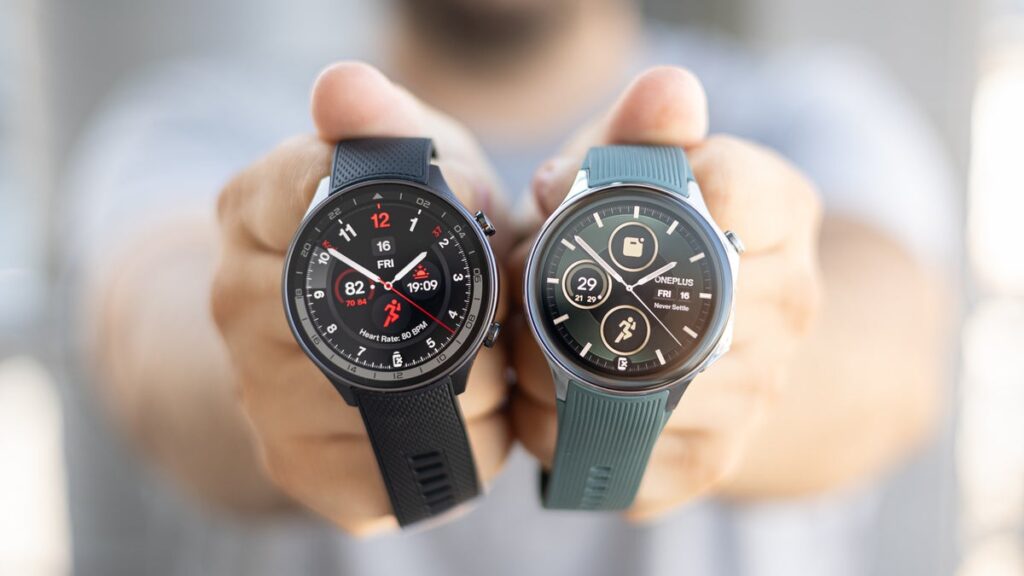
So, at the beginning, I mentioned that we all pretty much know what a smartwatch is—a little computer on your wrist with a tiny screen and an even tinier battery. And that’s fine. They usually have short battery lives because, well, they’re small, so you end up charging them every night. That’s just how it goes. The big players in the game are things like the Apple Watch, which lasts about 18 hours (although technically, the iPhone’s the main competitor there), the Galaxy Watch, which gets up to 40 hours, and the Pixel Watch, which gives you 24 hours of battery.
But then, there’s the OnePlus Watch, which claims it can last 100 hours. Yep, 100 hours in what they call Smart Mode, which is the default mode right out of the box—not the battery-saving mode. 100 hours. That sounds pretty wild, right? In reality, 96 hours is four days, but “100” just sounds cooler, so they went with that. Either way, four days of battery life is definitely a lot less annoying than having to charge every day. So, I had to put it to the test.
For the last four days, I wore both an Apple Watch Ultra (which claims 36 hours of regular use) and the OnePlus Watch. I used both watches the same way—getting notifications, doing workouts, and just fiddling around with the interfaces. And honestly, I was impressed with both.
The $800 Apple Watch Ultra actually beat its 36-hour claim. By the time I hit 56 hours, it was almost out of juice. Meanwhile, the OnePlus Watch still had about 15% left. Now, you might be thinking, “That’s not even close to 100 hours; more like 50.” But OnePlus told me that if you turn off the always-on display, you get an extra two days of battery life. That feature is off by default, but I turned it on for the test. If you keep it off, you’d easily hit the 100-hour mark. To be fair, you could probably get similar results with the Apple Watch Ultra if you made some adjustments, too.
One thing I think really impacted the results of this test is that I’ve been wearing hoodies a lot lately, thanks to the weather. And with this Chevron Hoodie (which I’ll link below if you’re curious), the sleeves tend to cover the watch. When that happens, the watch’s light sensors get blocked, so it thinks it’s in the dark and dims the brightness. I think that’s part of why the battery life ended up being better than what they claim—because the brightness was low most of the time.
Even with that in mind, though, this $300 watch still outperformed an $800 smartwatch when it came to battery life.
But what’s really interesting isn’t just the battery life—it’s how this watch achieves it. See, most smartwatches have a single chip that does everything, with some cores for power-hungry tasks and others for more efficient battery use. This watch takes a different approach: it has two separate processors, each running its own operating system. One is a Snapdragon W5 chip running Wear OS 4, which takes care of the heavier tasks like maps or music. The other is a BES 2700 chip running a lightweight RTOS, handling basic, low-power things like heart rate monitoring, notifications, and calls.
Both chips share the same 32GB of storage and 2GB of RAM, but the idea is that Wear OS only kicks in for the more demanding tasks, while the RTOS stays on all the time for the simple stuff. It’s kind of like a hybrid car: the electric part is super responsive but doesn’t have the best range, and the gas engine has great range but isn’t as fast. A hybrid gives you the best of both worlds—good performance and great battery life.
This watch is a great mix of responsiveness and range. I’ve been really impressed with it so far. It’s fast, offers a ton of customizable watch faces, and has a wide variety of workout modes. The tracking is accurate, and all the data syncs smoothly to the OHealth app. The only thing I wish it had is an option for “shoveling snow” as a workout. But that’s a minor thing—I’m sticking with weightlifting for now.
One feature I really like is the “hold to end workout” instead of a simple tap. It might seem small, but it’s a smart move—it makes it way harder to accidentally stop a session in the middle of a workout. Another quirky thing: the crown on the side of the watch rotates, but it doesn’t actually do anything. No volume control or scrolling—it just spins freely. It’s apparently there for durability, offering some extra protection if the watch gets knocked or dropped. No functionality, just a clever design choice for toughness.
There’s also a slight lag with notifications. When I get an alert, I’ll feel the vibration, raise my arm, and then it takes a couple of seconds for the notification to actually show up. It’s not a huge delay, but compared to other watches that show up instantly, it’s a bit noticeable. It almost feels like I can see the Snapdragon W5 chipset kick into gear before the notification appears.
Finally, the battery life is pretty impressive, and it’s not just because of the dual-chip setup. The watch also has a 500 mAh battery, which is actually a bit bigger than most smartwatches in this range. That extra capacity definitely helps with longer battery life.
If you took the Pixel Watch 2, which by the way also has the Snapdragon W5, and slapped a 500 milliamp-hour battery in it, do you think it’d last 50 hours? I’m not sure, but it’s an interesting thought.
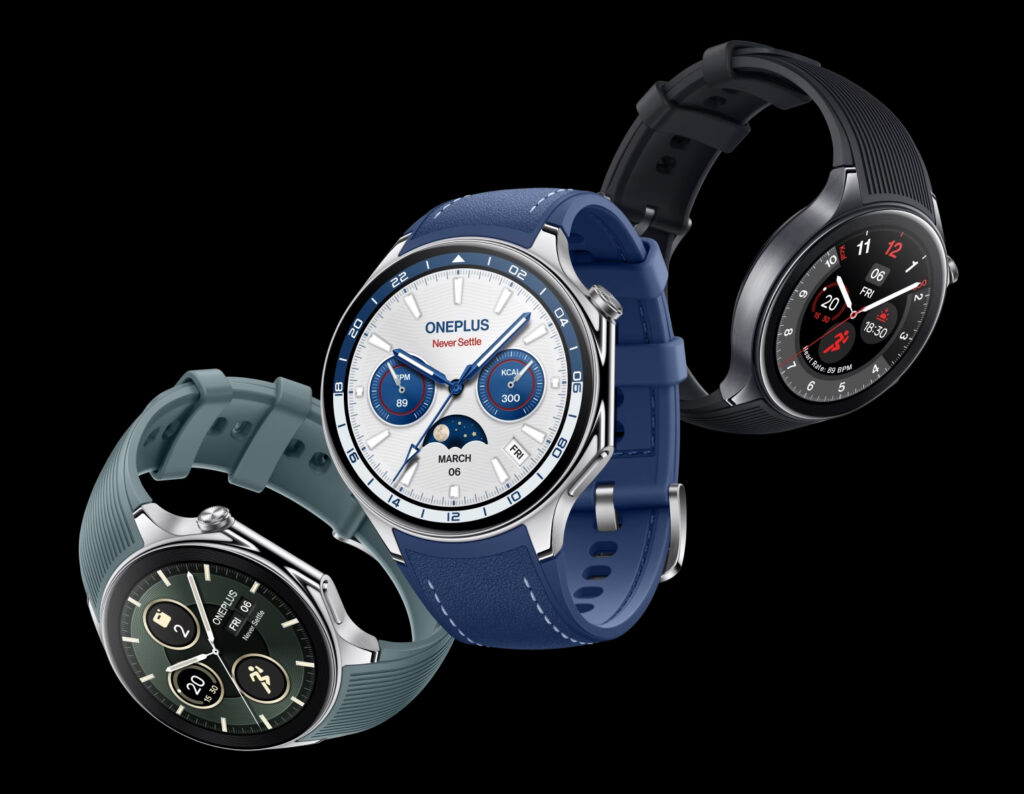
Honestly, what stood out to me most is how they managed to keep the price so low. Given that there are two chips and two operating systems to manage, it feels like it should be more expensive. But when you really look at it, there’s not a whole lot missing here. For $300, this watch actually competes pretty well.
The good stuff? The design is clean and classy, the display looks fantastic, it has dual-frequency GPS for better accuracy, and, of course, the battery life is impressive. You can get up to four days, and if you switch to power-saving mode, it can last up to 12 days. Sure, you lose a lot of the Wear OS features in power-saving mode—like exercise tracking and heart rate monitoring—but if you just want a long battery life, it’ll easily last you a week.
Now, the downsides. There’s a noticeable lag when you check notifications, the haptics aren’t the greatest, and, yep, no iPhone support, but that’s nothing new. The charger isn’t the most elegant either—it’s just a big plastic block with pins and magnets. It works fine, though, and will get you a full day’s charge in about 10 minutes and a full charge in an hour. So, not a huge issue.
All in all, for $300, OnePlus has really stepped up its game in the smartwatch world. It’s solid. In a market full of gimmicks—like the one with built-in earbuds or the super fitness-focused one—maybe this is the one that nails the hybrid approach with good battery life.
Let me know what you think in the comments. Anyway, that’s all I’ve got for now.
RELATED POSTS
View all

